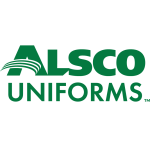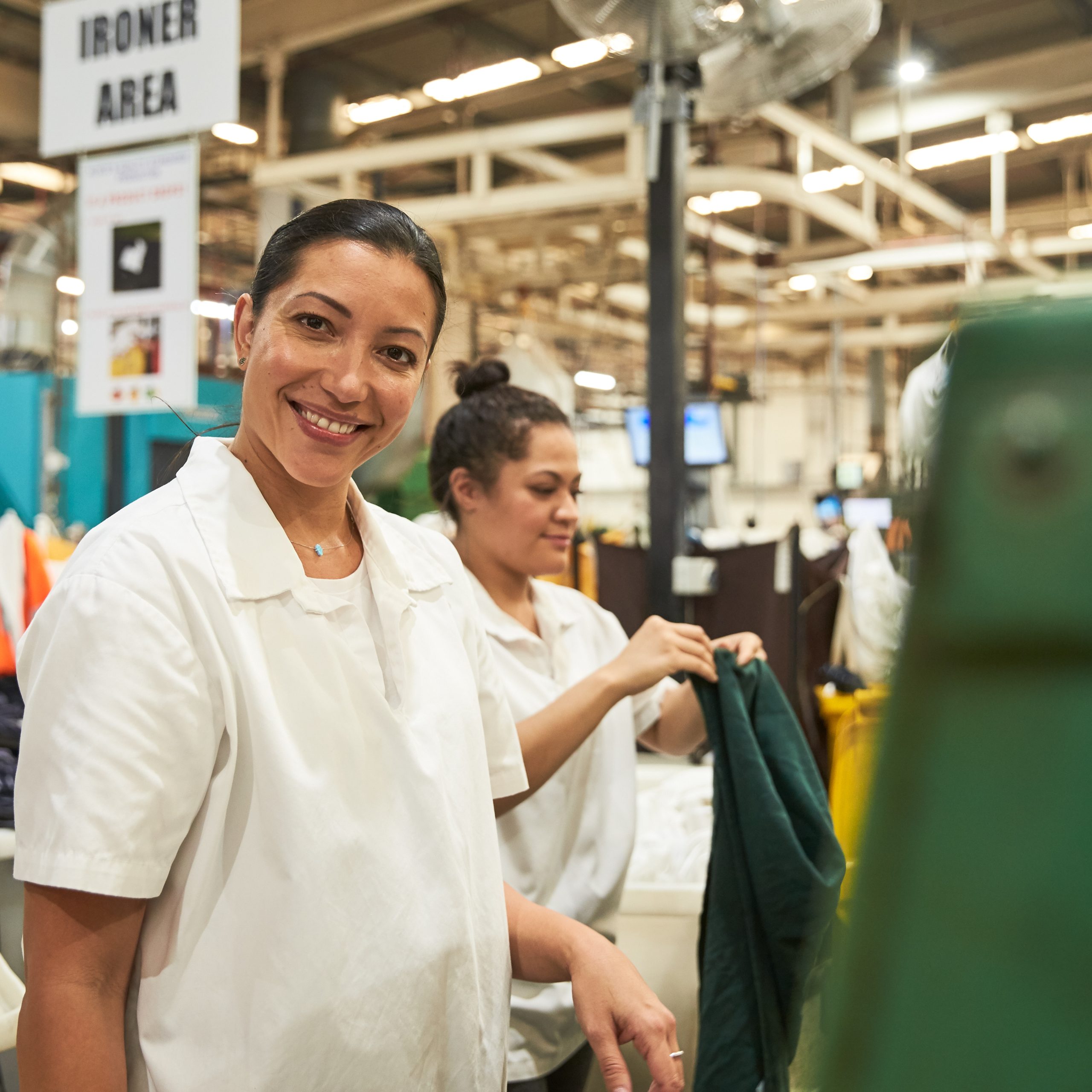How to Maintain Your Staff Uniforms for Events with High Interaction
In roles where staff interact directly with the public, the presentation and cleanliness of uniforms isn’t just about appearances—it’s a crucial aspect of overall hygiene and public health. Whether in hospitality, healthcare, food service, or event management, proper uniform maintenance directly impacts both employee well-being and public perception. This guide explores essential uniform cleaning protocols that ensure public-facing staff maintain professional standards while prioritising health and safety.
Why Uniform Hygiene Matters in Public Settings
Public event staff uniforms serve as more than identity markers—they can be vectors for cross-contamination if not properly maintained. Studies show that fabric surfaces can harbor bacteria and viruses for hours or even days, potentially transferring between staff and visitors during high-traffic events.
Professional appearance also significantly influences public trust. A clean, well-maintained uniform signals attention to detail and care—qualities that naturally extend to how customers expect to be treated. As we say Down Under, you don’t want your uniform looking like it’s been dragged through the bush backwards!
Essential Uniform Cleaning Protocols
Frequency Requirements
For optimal hygienic workwear standards:
- Daily laundering for uniforms worn in food service, healthcare, or high-contact environments
- Every-other-day cleaning for moderate-contact roles (receptionists, ticket takers)
- Weekly cleaning at minimum for light-contact positions
- Immediate changing and cleaning after visible soiling regardless of schedule
Remember, if your uniform smells like the inside of a footy bag after grand final day, it’s definitely overdue for a wash!
Proper Washing Techniques
Effective uniform cleaning protocols should specify:
- Water temperature: Hot water (140°F/60°C minimum) for killing most pathogens
- Detergent selection: Industrial-grade, antibacterial detergents for high-risk environments
- Separate washing: Keep uniforms isolated from regular household laundry
- Complete drying: Ensure uniforms are thoroughly dried before storage to prevent bacterial growth
Implementing a Uniform Rotation System
For sustained hygiene during intensive public events, implement a uniform rotation system:
- Provide multiple uniform sets to each staff member
- Establish clear protocols for exchanging soiled uniforms
- Create designated collection points for used uniforms
- Maintain a clean uniform reserve for emergency changes
- Document each exchange for quality assurance
This approach ensures staff always have access to fresh, clean uniforms throughout extended events or busy periods. After all, you don’t want your team doing the “sniff test” to decide if a uniform passes muster—we’re not in the Outback with limited water supplies here!
Storage Best Practices
Proper storage is often overlooked in hygienic workwear protocols:
- Use breathable garment bags for hanging uniforms
- Provide individual storage lockers or spaces to prevent cross-contamination
- Install UV sanitizing cabinets in high-risk environments
- Store clean uniforms away from potential contaminants
Staff Education and Compliance
Even the best uniform cleaning protocols fail without proper staff education:
- Conduct regular training on uniform hygiene standards
- Create visual reminders about proper handling procedures
- Perform periodic compliance checks
- Recognise exemplary adherence to standards
- Gather feedback to refine processes
You might think you’re as clean as a whistle, but even the most fastidious among us can use a reminder now and then. No one wants to be “that colleague” whose uniform could practically walk to work on its own!
Special Considerations for Different Public Settings
Food Service and Culinary Staff
Beyond standard protocols, food service uniforms require:
- Apron changing between different food preparation tasks
- Hair covering inspection before each shift
- Designated changing areas away from food preparation
Healthcare Support Staff
For medical uniforms in patient-facing roles:
- Consider antimicrobial fabric treatments
- Implement color-coding to prevent cross-contamination between departments
- Establish clear protocols for handling potentially contaminated uniforms
In healthcare, your uniform needs to be cleaner than a germaphobe’s kitchen bench—patients deserve nothing less!
Make Uniform Hygiene a Part of Your Culture
Investing in comprehensive uniform cleaning protocols isn’t just about maintaining appearances—it’s a fundamental aspect of operational excellence in public-facing environments. By establishing clear standards, providing adequate resources, and promoting a culture of hygiene awareness, organisations demonstrate their commitment to both staff and public wellbeing.
When hygienic workwear becomes ingrained in company culture, the benefits extend beyond health considerations to enhanced brand reputation and customer confidence. In today’s health-conscious world, visible cleanliness isn’t optional—it’s expected, particularly when it comes to the public event staff uniforms that represent your organisation’s values and standards.

